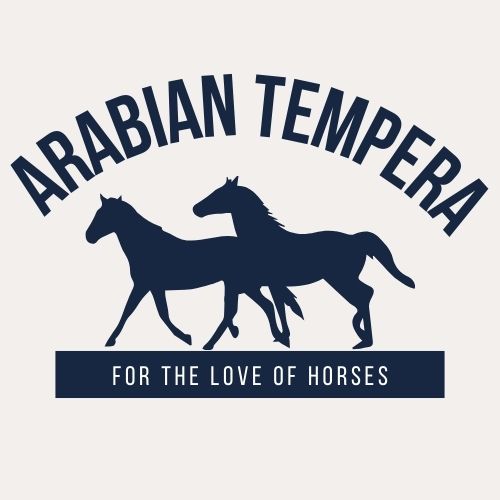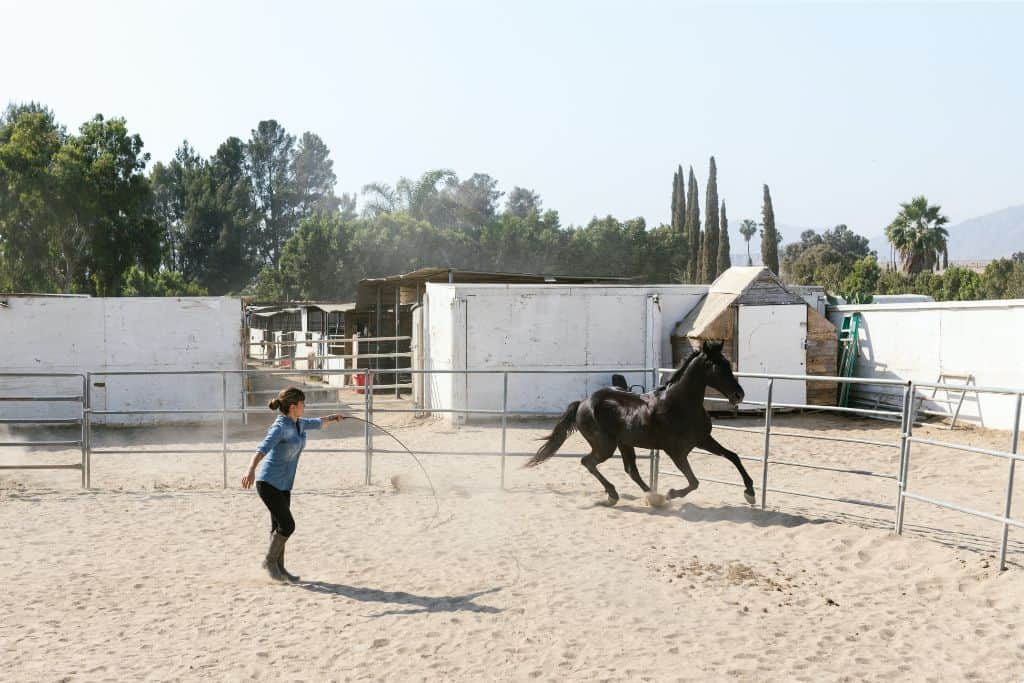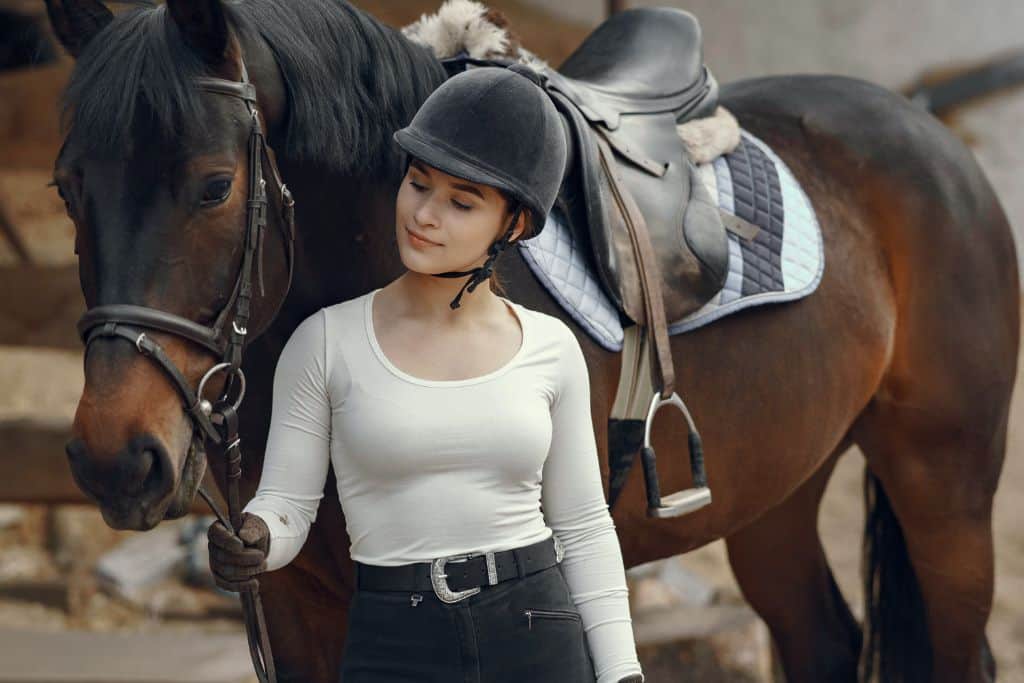Introduction to Horse Training Basics
Welcome to the world of horse training basics, a journey filled with learning, bonding, and the joy of working with these majestic creatures. Whether you are a new horse owner, an aspiring equestrian, or simply a horse enthusiast, understanding the basics of horse training is essential. This comprehensive guide introduces you to the fundamental principles of horse training, ensuring a strong foundation for a lifetime of equestrian adventures.
Understanding Your Equine Companion:
The Language of Horses:
Before delving into training techniques, it’s crucial to understand how horses communicate. Horses are incredibly expressive animals, and their body language offers insights into their thoughts and emotions. Learning to interpret these signals is the first step in building a strong, trusting relationship with your horse.
Horse Psychology: Thinking Like a Horse
Horses have unique psychological needs and behaviors. Understanding the herd mentality, prey instincts, and how horses perceive their environment will enhance your training approach and deepen your connection with your horse.
Selecting the Right Training Equipment:
Essential Gear for Training:
The right equipment can make a significant difference in the effectiveness of your training. We’ll explore the essential tools every horse trainer should have, from bridles and halters to saddles and lunging equipment. We’ll also discuss how to choose equipment that is safe and comfortable for your horse.
Foundational Horse Training Techniques:
Building Trust Through Groundwork:
Groundwork is the cornerstone of horse training basics. It involves exercises and techniques performed on the ground to establish respect, communication, and understanding. We’ll cover the basics of leading, lunging, and other groundwork exercises that form the foundation of a well-trained horse.
Progressing to Under-Saddle Training:
Once you and your horse have mastered groundwork, it’s time to progress to under-saddle training. This section will guide you through the basics of mounting, riding posture, basic gaits, and initial riding exercises
Designing an Effective Training Routine
Consistency and Patience: Keys to Success:
A consistent and patient approach is vital in horse training. We’ll discuss how to create a training schedule that suits both you and your horse, focusing on gradual progress and positive reinforcement.
Adapting Training to Your Horse’s Individual Needs:
Every horse is unique, and understanding your horse’s individual temperament, strengths, and limitations is essential. This section will help you tailor your training methods to fit your horse’s specific needs, ensuring a positive and productive training experience.
Safety First: Ensuring a Secure Training Environment
Understanding and Mitigating Risks
Safety is paramount in horse training. We’ll cover essential safety tips for handling and training horses, including how to recognize and respond to potential hazards and how to prepare for emergencies.
Overcoming Common Training Challenges
Navigating the Ups and Downs of Training
Training a horse is not without its challenges. This part of the guide will address common issues that trainers face, from behavioral problems to training plateaus, and provide practical advice on how to overcome them.
Additional Resources for Continued Learning
Expanding Your Knowledge Beyond the Basics:
The journey in horse training is continuous. We’ll recommend additional resources, including books, online courses, and workshops, for those looking to deepen their knowledge and skills in horse training.
Embracing the Journey of Horse Training Basics
Lifelong Partnership:
Horse training basics is more than just a set of techniques; it’s about building a lifelong partnership with your horse. As you embark on this journey, remember that patience, understanding, and respect are your greatest tools.
FAQs
Q1:- What is the importance of understanding horse psychology in training?
Understanding horse psychology is crucial because it allows trainers to work with, rather than against, a horse’s natural instincts and behaviors. It helps in building trust, effective communication, and a harmonious training experience.
Q2:- How do I choose the right training equipment for my horse?
When selecting training equipment, consider your horse’s needs, comfort, and safety. Consult with experienced trainers or professionals for recommendations on appropriate gear. Always prioritize quality and fit.
Q3:- Can I start riding my horse immediately, or should I focus on groundwork first?
Groundwork is essential before riding. It establishes trust and communication between you and your horse. Starting with groundwork helps ensure a smoother transition to under-saddle training.
Q4:- What is positive reinforcement in horse training, and why is it important?
Positive reinforcement involves rewarding desired behaviors with treats or praise. It is crucial because it encourages your horse to repeat these behaviors, making training more effective and enjoyable for both of you.
Q5:- How can I create a safe training environment for my horse?
Safety is paramount. Ensure that your training area is free from hazards, use appropriate safety gear, and be aware of your surroundings. Having an emergency plan in place is also essential.
Q6:- My horse is showing resistance during training. What should I do?
Resistance is common. Identify the source of resistance, whether it’s physical discomfort, fear, or confusion. Adjust your training approach accordingly, and consider seeking guidance from an experienced trainer.
Q7:- How long does it take to train a horse effectively?
The time it takes to train a horse varies depending on factors such as the horse’s temperament, previous experiences, and your consistency as a trainer. Training is an ongoing process that can last several months to years.
Q8:- What should I do if my horse exhibits behavioral problems during training?
Behavioral problems can be addressed through patient and consistent training, positive reinforcement, and, in some cases, consulting with a professional trainer who specializes in behavior issues.
Q9:- Can I use these training techniques for any breed of horse?
Yes, the fundamental training techniques discussed in the blog are applicable to most horse breeds. However, keep in mind that each horse is unique, and you may need to tailor your approach based on the horse’s individual characteristics.





